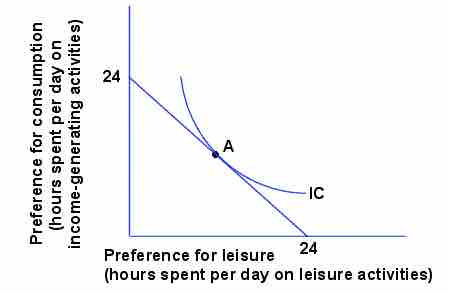Attrition
An employee or employer may end the relationship at any time. This is referred to as at-will employment. The contract between the two parties specifies the responsibilities of each when ending the relationship and may include requirements such as notice periods, severance pay, and security measures.
Employees leaving a company to join another company is known as attrition.
The top reasons why people change careers:
- The downsizing or the restructuring of an organization (54%)
- New challenges or opportunities that arise (30%)
- Poor or ineffective leadership (25%)
- Having a poor relationship with a manager (22%)
- For better work-life balance (21%)
- Contributions are not being recognized (21%)
- For better compensation and benefits (18%)
- For better alignment with personal and organizational values (17%)
- Personal strengths and capabilities are not a good fit with an organization (16%)
- The financial instability of an organization (13%)
- An organization relocated (12%)
Churn Rate
In some business contexts, churn rate could also refer to high employee turnover within a company. For instance, most fast food restaurants have a routinely high churn rate among employees. For larger companies, such as Fortune 500 companies, the attrition rate tends to be much lower compared to a fast food franchise. The company size and industry also play a key role in attrition rate. An "acceptable" attrition rate for a given company is relative to its industry. It would not likely be useful to compare the attrition of fast food employees with a Fortune 500 company in a corporate setting.
Attrition Rate
Churn rate can also describe the number of employees that move within a certain period. For example, the annual churn rate would be the total number of moves completed in a 12-month period divided by the average number of occupants during the same 12-month period. Monthly and quarterly churn rates can also be calculated.
Formulae:
Attrition rate (%) = number of employees resigned for the month / (total number of employees at the start of the month + number of employees joined for that month - number of employees resigned) x 100

Labor Economics - Short Run Supply
The income and leisure trade-off in the short run